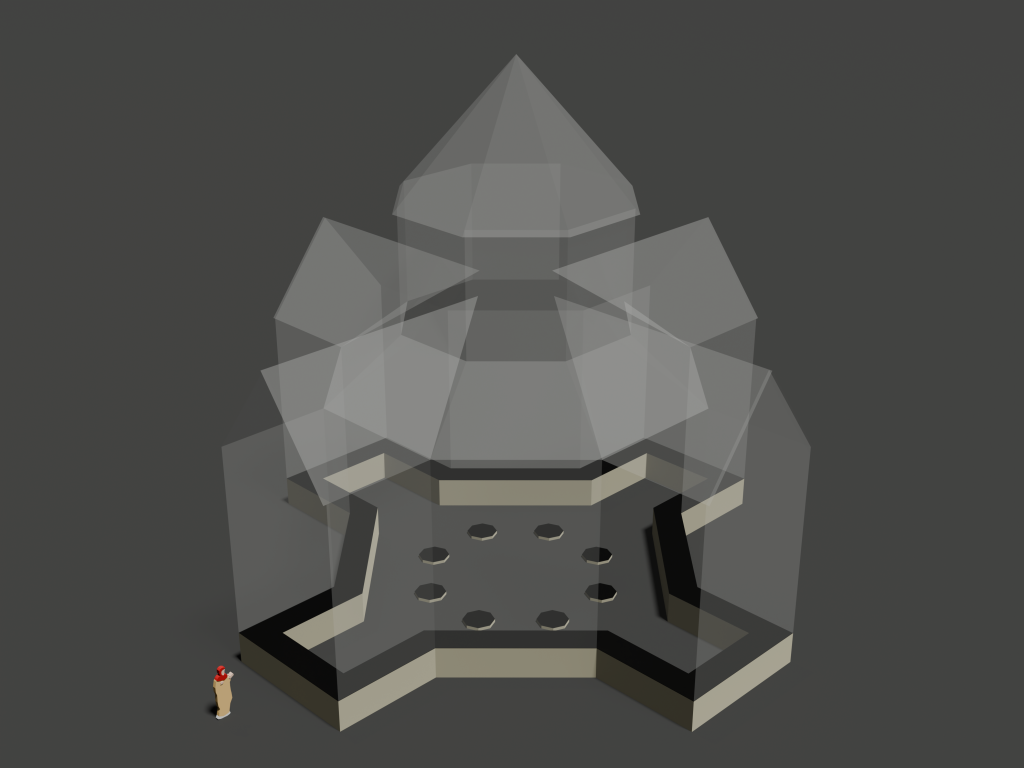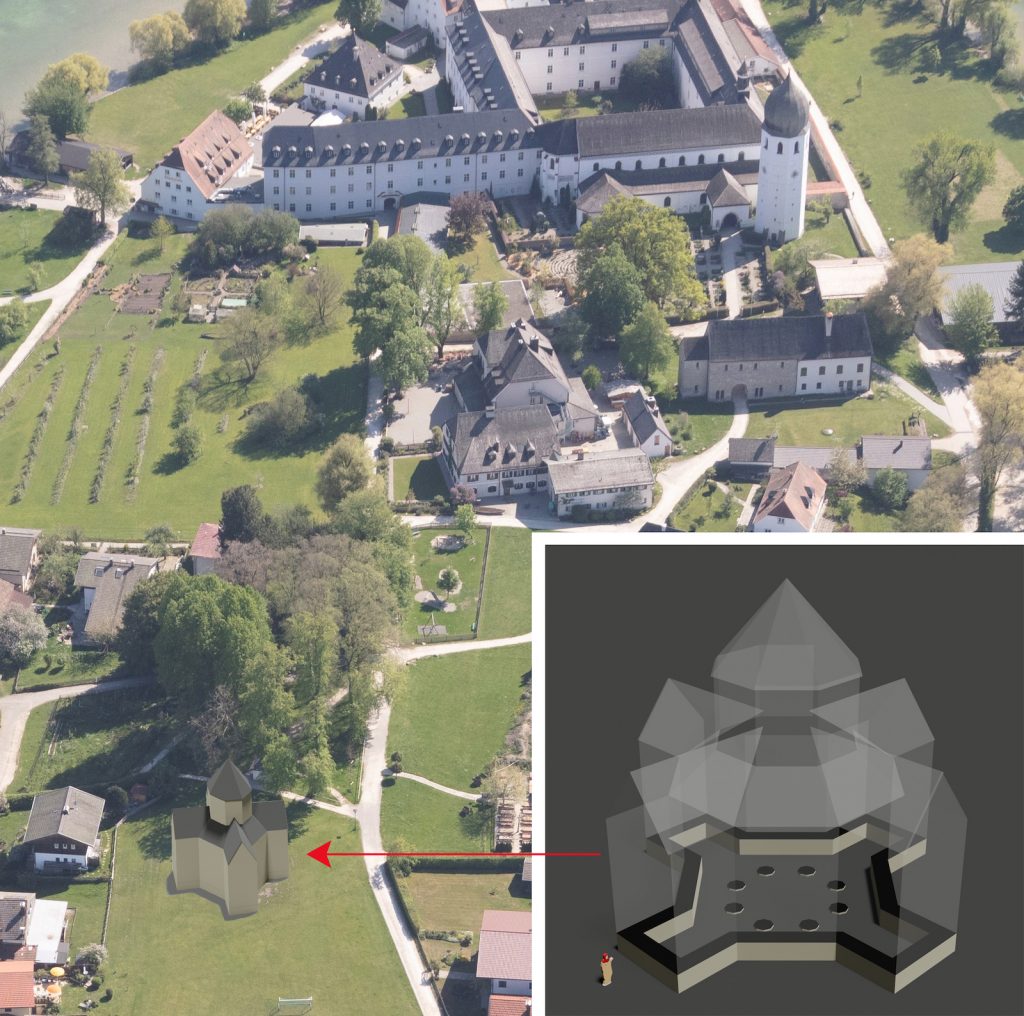Archaeology & History
The Remains of a Rare Romanesque Church Emerge on a Small German Island
The church may have been a pilgrimage site for the veneration of a descendent of Emperor Charlemagne.

The remains of an architecturally rare church that have lain unknown beneath the earth for a millennium have come to light in Germany.
They are the foundations of a Romanesque church that may be connected with the worship of Blessed Irmengard, an imperial abbess who was a descendent of Emperor Charlemagne and was beatified by Pope Pius X in 1929.
She led the Frauenwörth Abbey on Fraueninsel, an island in Chiemsee, a lake between Munich and Salzburg, near Germany’s southeastern border with Austria, where the hidden architectural remains have turned up.
The island in question was the site of the church of St. Martin, which was first recorded in 1393 and demolished in 1803, according to mayor Armin Krämmer in a press release.
Deploying radar in a search for that church’s foundations, the team came across the remains of a building that matches a 1701 engraving showing that structure.
But there was more to be found. During ground radar measurements of the remainder of the island, experts from the Bavarian State Office for Monument Preservation came across a surprise: the foundations of a previously unknown building a few feet under the earth’s surface, an octagonal building about 62 feet in diameter.
“Bavaria’s rich cultural heritage is always good for a surprise—the sensational find in Chiemgau proves that once again!” said art minister Markus Blume.

An aerial view of the Frauenchiemsee. Courtesy Bavarian State Office for Monument Preservation.
Such designs are rare in church architecture of this period north of the Alps, so this was a very customized structure, said Mathias Pfeil, general conservator of the Bavarian State Office for Monument Preservation.
He added that buildings like this are often interpreted as successors to the Aachen Cathedral, constructed by order of Emperor Charlemagne in 793–813, or the Church of the Holy Sepulcher in Jerusalem (finished in 335, demolished in 1009, and rebuilt in 1408).
In Bavaria, only two examples of octagonal buildings with inner columns like this one have been found, said Pfeil, meaning this one is “an absolute rarity.”
Blessed Irmengard was the daughter of King Ludwig the German and great-granddaughter of Charlemagne. The abbess of the Frauenwörth convent, later an imperial monastery, she was buried in the abbey church in 866.
Authorities opened her grave between the years 1001 and 1020 to remove relics to promote her veneration, and fragments of a a monastery building constructed at that time were already known.
The newly discovered building may have been erected in connection with that development, serving as a pilgrimage site and based on Jerusalem’s Church of the Holy Sepulcher, say the experts.
What comes next? It’s possible that, starting next summer, a planting will echo the outline of the structure below.





